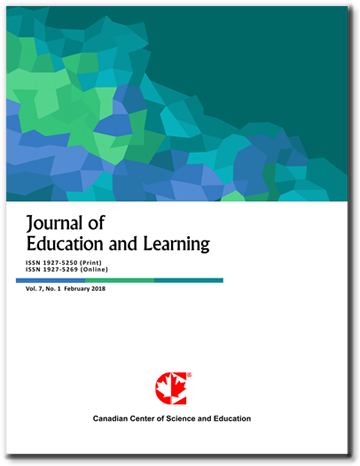Development of School Network Management Guidelines to Enhance the Effectiveness of Vocational Training Programs in Technical Colleges Under the Office of the Vocational Education Commission
- Chisanucha Duangapinun
- Karn Ruangmontri
- Tharinthorn Namwan
Abstract
This study sought to 1) examine the components and indicators of school network management used to improve vocational training programs in technical colleges under the Office of the Vocational Education Commission, 2) assess the current and desired conditions, and identify key management needs to support vocational training in these institutions, and 3) propose management guidelines for school networks to utilize in improving vocational training outcomes. The research was conducted in three phases: 1) synthesis of components and indicators of network management, 2) a survey to evaluate the current and desired conditions and identify priority needs, and 3) a formulation of management guidelines based on best practices. The sample comprised 370 educational administrators and teachers chosen using multi-stage sampling based on Krejcie and Morgan’s table. A questionnaire was used as the primary instrument, with reliability coefficients of 0.95 and 0.96 for the current and desired conditions, respectively. Data was analyzed using mean, percentage and standard deviation, and the Modified Priority Need Index (PNImodified). The findings revealed 50 indicators across five core components of school network management: planning, implementation, decision-making, benefit-sharing and monitoring and evaluation. While both current and desired conditions were rated satisfactory, decision-making and planning emerged as top priority areas. Finally, five management guidelines were proposed, each corresponding to the five components and supported by two strategic recommendations.
- Full Text:
 PDF
PDF
- DOI:10.5539/jel.v15n1p353
Journal Metrics
Google-based Impact Factor (2021): 1.93
h-index (July 2022): 48
i10-index (July 2022): 317
h5-index (2017-2021): 31
h5-median (2017-2021): 38
Index
Contact
- Grace LinEditorial Assistant
- jel@ccsenet.org
